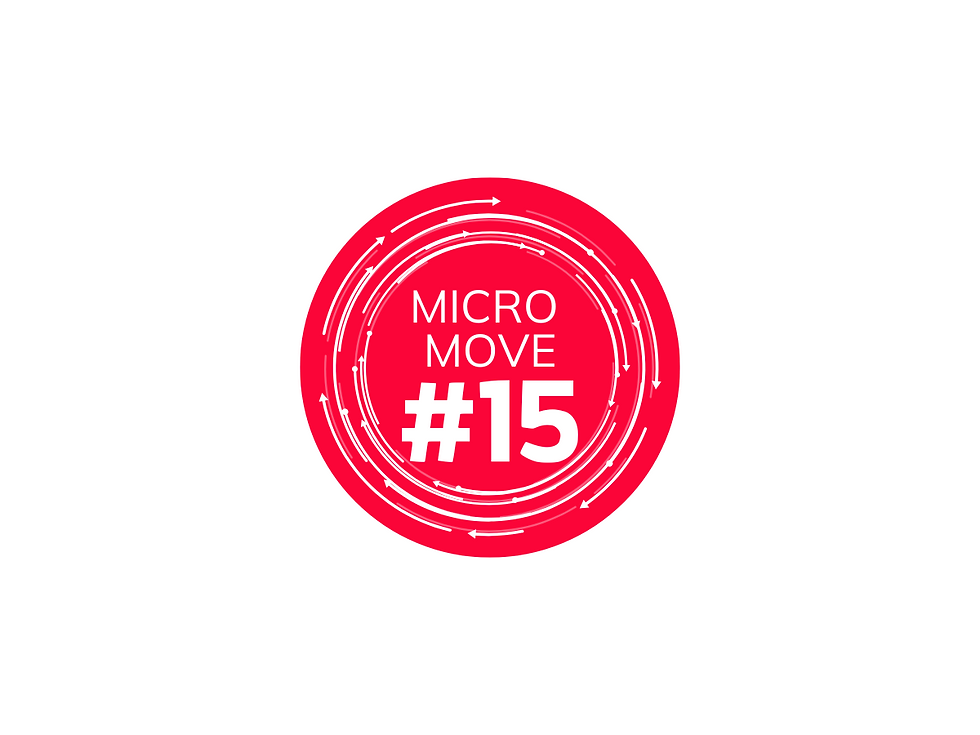Slow Down: Reflecting IN and ON Learning
- learning906
- Jan 15
- 2 min read
Updated: Apr 8

Is your learning environment always in 'go-go-go' mode? As educators, we can feel the pressure to ‘get through the curriculum,’ ‘fit in explicit teaching,’ and still leave time for inquiry, problem-solving, and assessment. The to-do list can feel endless. But there’s one thing we can’t rush—learning itself.
If we want learning to truly stick, what’s one MICRO MOVE (small shift) we can make today?
Enter reflection.
Reflection isn’t a new concept. It’s about taking a moment to stop, pause, and think about what you’re learning to help decide what to do next. But effective reflection isn’t just something that happens at the end of a lesson or unit—it happens both during and after learning.
Reflecting-IN Real Time – This type of reflection happens during the learning process. It’s when learners adjust their actions as they go.
Reflecting-ON Action – This happens after a lesson or unit. It’s about reflecting on the entire experience to improve future learning.

What supports quality reflection?
1. A Safe Environment
For learners to reflect honestly, it's important to create a supportive atmosphere. Set clear expectations for sharing reflections, model vulnerability and help normalise errors as part of learning. Focus on celebrating progress toward the goal, rather than just the final outcome.
2. Clear Goals
It's essential for learners to understand what they’re aiming for to reflect effectively. When they know what success looks like, they can assess their progress and make adjustments. Co-construct success criteria with learners for a shared understanding, use worked examples to show what success looks like, and model the desired outcome to provide a visual reference. Clear, tangible goals encourage purposeful reflection.
3. A Focus for Reflection
Reflection should be tied to specific aspects of the learning task or goal. Keep the focus narrow, especially when reflecting in real time, to avoid overwhelming learners. Reflecting on just one or two key elements is often enough to guide meaningful reflection.
Idea 1: The Right Time
Reflection should occur at strategic points throughout the learning process. Plan specific moments for learners to pause and think—both during lessons and at the end. This gives them a chance to assess their progress and make necessary adjustments.

Idea 2: Supporting Structures and Routines
To make reflection a regular habit for learners, it's important to establish consistent routines. Here are some structures and routines to support both Reflecting IN real time and Reflecting ON action.

By slowing down and creating time for reflection, you’re not just helping learners understand the content you are teaching—you’re helping them understand the process of learning. Reflection helps learners make connections, adjust their strategies, and ultimately become more successful learners.
Another idea: Reflect on Your Practice
To what extent do you teach your learners how to effectively reflect IN and ON learning?
To what extent can your learners independently reflect IN and ON learning?

Slowing down doesn’t mean less learning—it means more meaningful, deeper learning. So, what’s one MICRO MOVE you can make today to better integrate reflecting IN and ON learning?






Comments